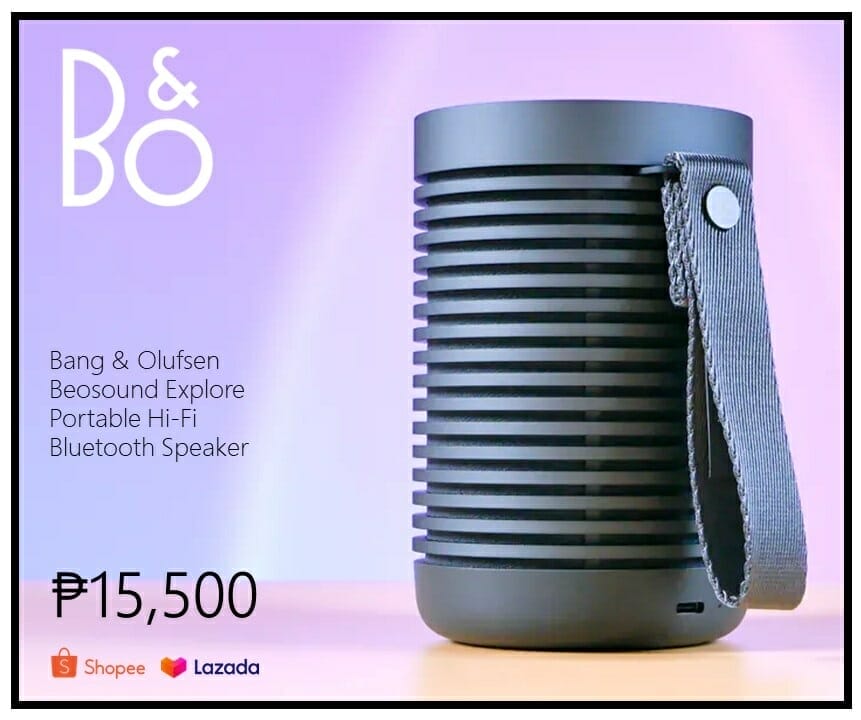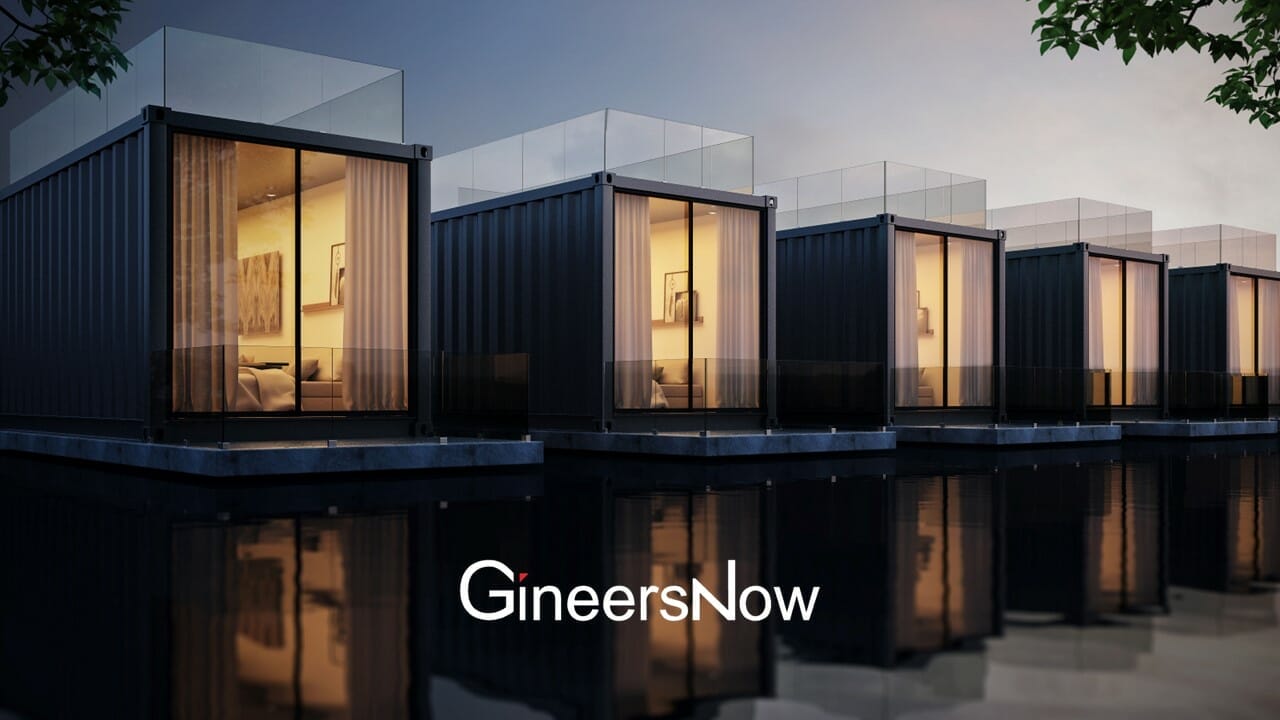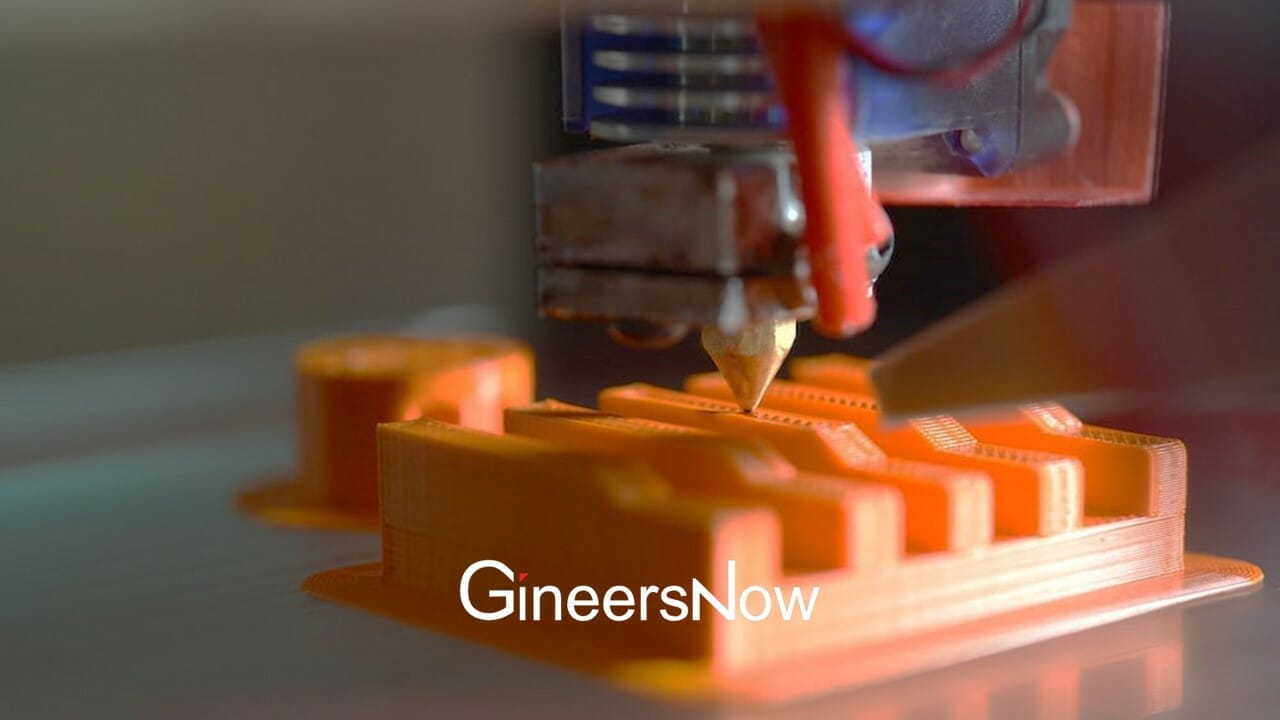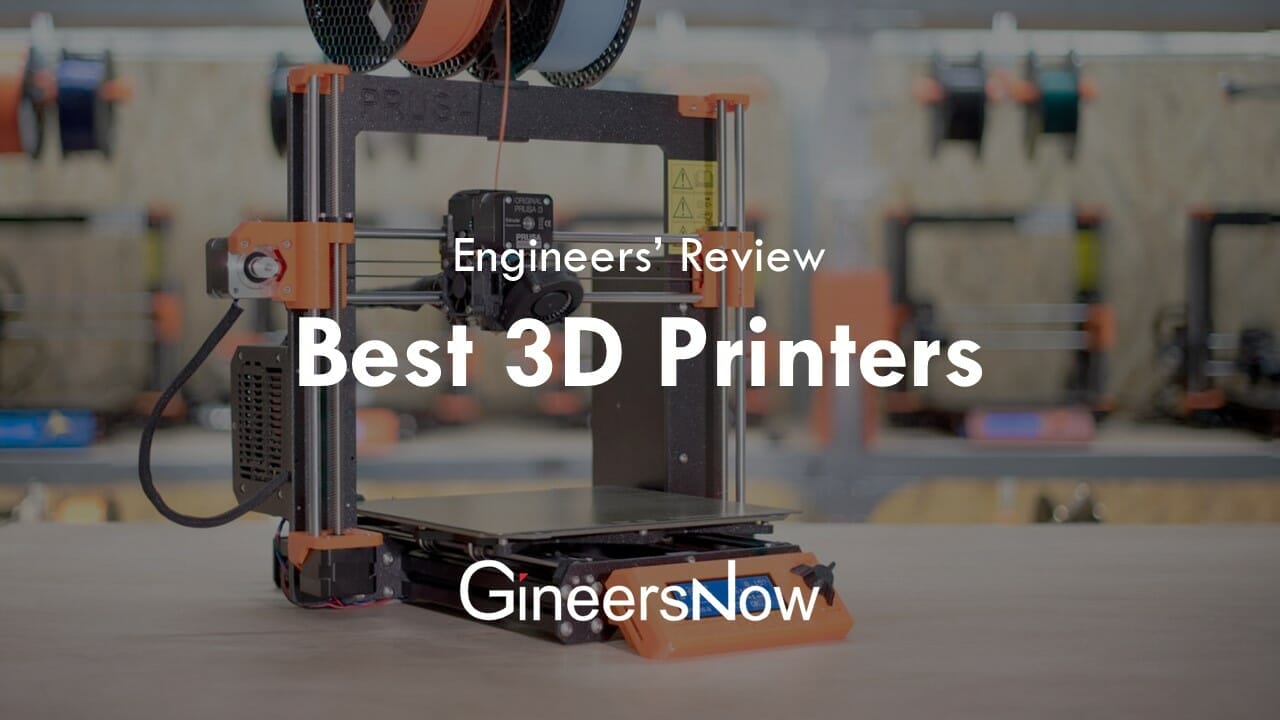Last October 7th, Mouser Electronics, a major component distributor, released a video for the International Space Station (ISS) Design challenge, wherein participants would create an object of their original design which can be 3D-printed aboard the ISS.
The challenge was open to anyone: university students, engineers, hobbyists, etc. According to Mouser’s website, 244 entries were submitted. The entries varied from toys, to tools, to scientific instruments the applicants thought would be useful in space. The judges were former ISS resident Col. Chris Hadfield and celebrity engineer Grant Imahara.
Source: Mouser Electronics
“This is your chance to help astronauts aboard the International Space Station with a device that improves their jobs or daily life,” their website stated. Here are the winners of the competition. The two runners-up are simple yet very useful tools that can be used in space. Though they are 3D printed, the two objects didn’t need extra parts such as screws.
At third place is a simple vice that can keep things in place in space. Without gravity in the ISS, astronauts may need to fixe objects while their hands are free to work on other tasks. If the ISS would needs a lot more, all they have to do is print one on the spot!

Source: Mouser Electronics
The second place is called the Space Tongs. It’s an eating utensil that helps an astronaut eat from a pouch. The Space Tongs has two functions. The first function is a spoon that can scoop food from a pouch. The second function on the other hand is a forcep that picks food like chopsticks. “The advantage of this is to minimize the amount of components needed to feed the astronauts which will save space and weight,” the maker said in the description on the competition website. By 3D printing this utensil it can just be printed as needed on the ISS when needed.
Source: Mouser Electronics
The winner of the design competition however, is on a whole new level. Andy Filo, the winner, called his creation the “internet of space.”

Source: Mouser Electronics
His creation involves the deployment of numerous little femto satellites, satellites the size of a cracker, into space. He created a 3D printed satellite launcher that is able to perform such a task. Since everything that travels to space is standardized, size, volume, strength that can withstand certain pressures and shocks, etc. For a device that could launch multiple satellites into space, it would need a rather large and heavy piece of equipment, but with Andy’s creation, all the astronauts will need to do is print it out.
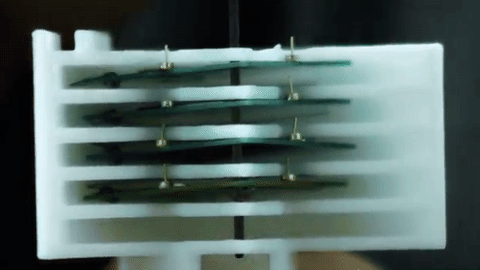
Source: Techcrunch
The satellites fit into individual slots in the 3D printed launcher, and each slot has long metal antennae which work as springs when the femto satellites are loaded. A pin is inserted to hold them all under tension. Once the pin is removed, the satellites will fly out in the desired directions and form an expanding network.
The femto satellites is able to monitor a large area as it searches for cosmic rays and monitors changes to the magnetosphere. The satellites can live for weeks and even months depending on the mission. Since they are very small, and the satellite launcher is printable, deployment can be done multiple times from a single delivery of satellite components.
Soon, this device will make its way on the ISS and will hopefully be effective once it is deployed in space.
Article Source:
Techcrunch
Mouser



